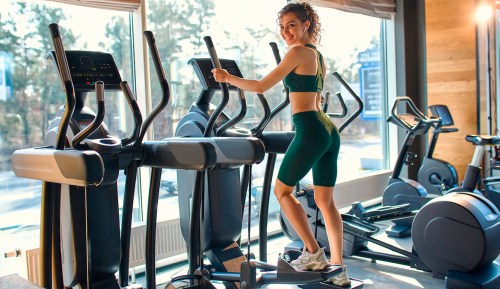Weight distribution is the key to workout longevity—here’s how to test yours right now
A trainer breaks down why weight distribution is the single most important factor in your squat form—and strength training in general.

When I walk through the doors of my neighborhood gym, I’m usually too focused on my impending workout to care much about what’s going to happen in an hour, much less in a decades. The truth is though, every movement sweat-lovers do right now improves the longevity of our bodies. Jason Pak, trainer and founder of Achieve Fitness in Boston, says that paying attention to weight distribution in particular is the key to keeping your body safe and functional well into the distant future.
“You can get away with inefficiencies with [improper balance] in the short term, but in the long term if you’re looking for optimal health, strength, and longevity, you’d be really well off if you were mindful of your weight distribution during all exercises,” writes the coach in a recent Instagram caption. Why? Proper weight distribution forces your center of mass to land smack-dab in the middle of your stance, ensuring that you don’t place too much weight on any one body part.
To test your weight distribution, Pak wants you to pay attention to one thing in particular: your squat form. “Next time you squat, try to be mindful of where your weight is distributed. It could be helpful to squat without shoes on to really tell where your weight is distributed,” he says. “It could also be helpful to squat at a slower tempo to see if you’re ‘hiding’ anything from yourself.”
Your squat form suffers when you shift too far back and your toes lift off the floor. This limits the depth of the move. Shift too far forward and your weight pours into your toes, placing excess strain on your knees. Once your body is balanced evenly between the front and back of your squat, congratulations—you’ve located the sweet spot. You’ll be able to drop it low without compromising the your joints.
Although this example speaks specifically to everyone’s go-to booty-torcher, remember that the same logic applies with any and every strength training move. If you find yourself teetering in the middle of, say, a lunge, press pause and distribute that weight equally! That way, you’ll be in the weight room well into tripe digits. (Hey, one can dream.)
Learn proper squat form with trainer Megan Roup:
Test your longevity in a minute, then brush up on your knowledge of the Blue Zones—home of the happiest, healthiest people in the world.










